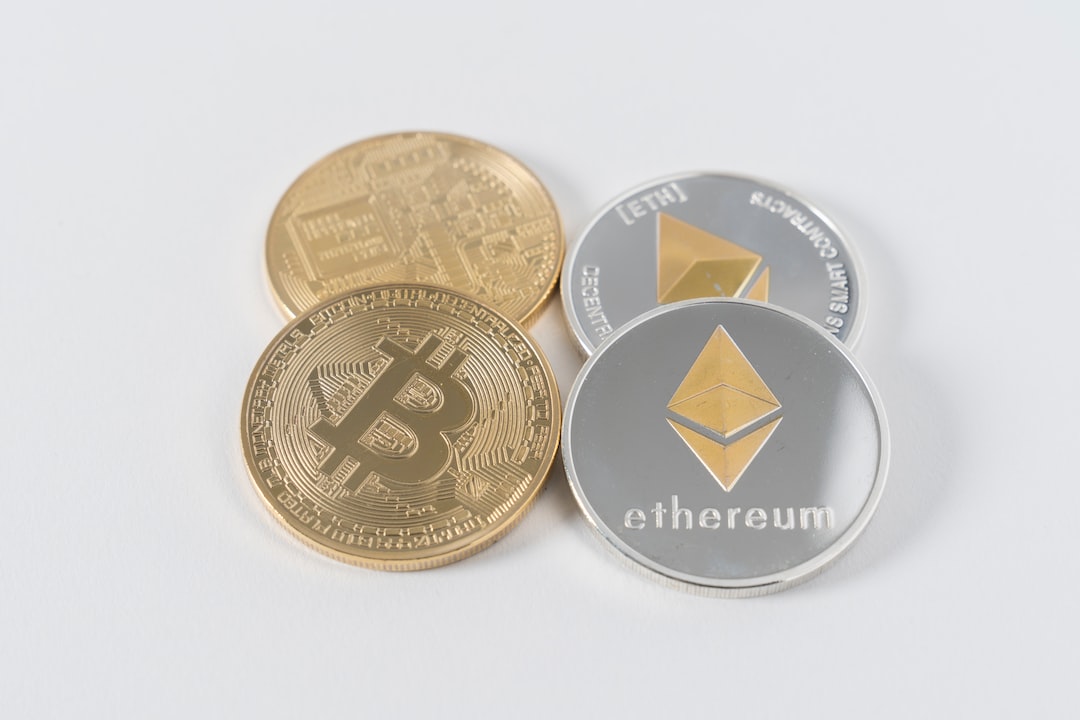Forex trading has become an increasingly popular investment option for individuals and institutions alike. The foreign exchange market is the largest financial market in the world, with a daily turnover of over $5 trillion. It is no surprise then that large banks and financial institutions are major players in the forex market. In this article, we will explore how big banks trade forex, the strategies they use, and the impact they have on the market.
The Big Banks in Forex Trading
The forex market is a decentralized market, which means that there is no central exchange where all trades take place. Instead, forex trading is conducted through a network of banks, brokers, and other financial institutions. The big banks, also known as the interbank market, are the primary players in the forex market. These banks include JP Morgan Chase, Citigroup, Goldman Sachs, HSBC, and Deutsche Bank.
How Banks Trade Forex
Banks trade forex on behalf of clients, such as large corporations, institutional investors, and other banks. They also trade forex to make a profit for their own account. The strategies used by banks to trade forex can be broadly classified into two categories: fundamental analysis and technical analysis.
Fundamental Analysis
Fundamental analysis involves analyzing economic and political factors that affect currency values. Banks have teams of analysts who closely monitor economic indicators such as GDP, inflation, interest rates, and employment data. They also keep a close eye on political events such as elections, geopolitical tensions, and trade agreements.
Based on this analysis, banks make predictions about the future direction of currency values. For example, if a bank believes that the US economy is growing faster than the European economy, it may predict that the US dollar will appreciate against the Euro. The bank may then buy US dollars and sell Euros in the forex market, hoping to profit from the anticipated price movement.
Technical Analysis
Technical analysis involves analyzing charts and other technical indicators to identify patterns and trends in currency prices. Banks use sophisticated software programs to analyze large amounts of data in real-time.
Technical analysis is based on the idea that historical price and volume data can predict future price movements. For example, if a currency has been trading in a narrow range for an extended period, it may indicate that a breakout is imminent. The bank may then place a trade in anticipation of the price movement.
Impact of Big Banks on the Forex Market
The big banks are significant players in the forex market, accounting for a substantial portion of daily forex trading volume. The trades they place can influence currency prices, especially for less liquid currencies.
Banks have the advantage of being able to trade large volumes of currency, which can move prices in their favor. They also have access to information and analysis that is not available to individual traders.
However, banks also face significant risks in forex trading. The forex market is highly volatile, and price movements can be unpredictable. Banks must manage their risk carefully to avoid significant losses.
Conclusion
The big banks are major players in the forex market, using fundamental and technical analysis to trade on behalf of clients and for their own account. Their trades can influence currency prices, and they face significant risks in forex trading. Understanding how banks trade forex can provide insights into the dynamics of the forex market and help individual traders make more informed investment decisions.





